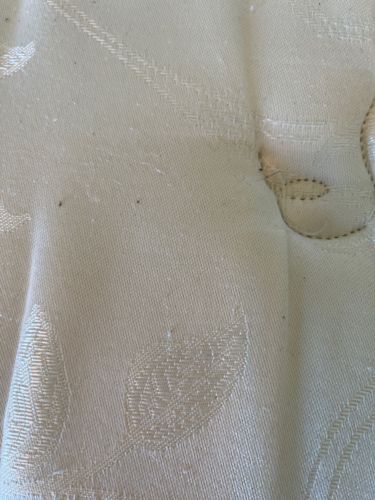Dust Mite
Scientific Name: Dermatophagoides pteronyssinus (European House Dust Mite) or Dermatophagoides farinae (American House Dust Mite)
Order & Family: Astigmata, Pyroglyphidae
Size: 0.2-0.3 mm

Natural Habitat
Warm, humid environments, especially within homes, including bedding, carpets, upholstered furniture, and curtains.
Diet & Feeding
Dead human and animal skin cells, fungi, pollen, and other organic detritus.
Behavior Patterns
Dust mites thrive in warm, humid environments. They are nocturnal and are not seen by the naked eye. They primarily feed on dead skin cells and fungi that grow on them. They reproduce quickly, with a life cycle of 2-3 months.
Risks & Benefits
Dust mites do not bite or transmit diseases. However, their feces and body fragments are common allergens, triggering asthma attacks, allergic rhinitis, and eczema in sensitive individuals. They have no known benefits to humans or the ecosystem.
Identified on: 8/11/2025